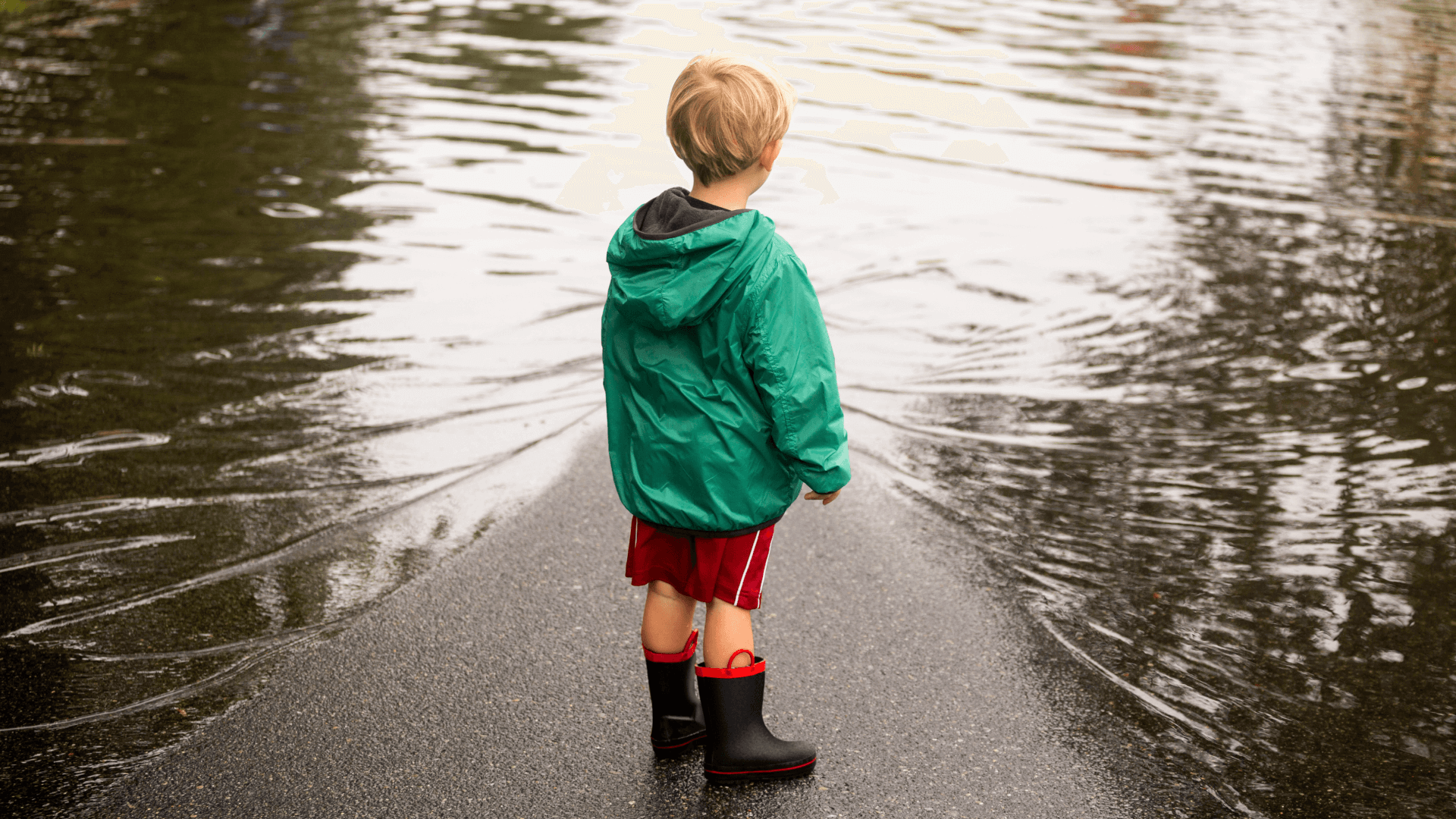Vermont received more than two months’ worth of rain in July, part of one of the wettest and most destructive months the northeastern United States has experienced. This kind of weather may become normal, a new study finds.
By the end of the century, extreme precipitation days — those with about 1.5 inches or more of precipitation — will become increasingly common in the Northeast, a study published in Climatic Change finds. Projections show extreme precipitation days will increase by almost 50% by the end of the century.
How climate change will affect precipitation
Christopher Picard, a lead author of the study who recently graduated from Dartmouth College, says the climate models used in the study assume that the atmosphere will get warmer due to an increase in greenhouse gas.
“A warmer atmosphere can hold more water and it can fuel these extreme precipitation events,” Picard says — this is why the warm summer months tend to have more rainfall and humidity than the dry and cold winter months. As a result, the heavy rainfall we’ve seen in the Northeast this summer will become “the new reality,” says Picard, who is pursuing a master’s degree in geography at the University of Colorado in Boulder.
The study analyzed multiple simulations from a climate model that was specifically calibrated for the Northeast and compared extreme precipitation from 1976 to 2005 with projections from 2070 to 2099. It found that the level of extreme precipitation each year will increase by 51.6% by the end of the century, and the number of extreme precipitation days will rise from 1.48 days a year to 2.2 days a year.
This increase continues an already existing trend of more precipitation. If you charted the change in precipitation over the 20th century, it would look like an upward sloping curve, Picard says.
“As we’ve approached the 21st century, there’s been a marked increase in these extreme precipitation events,” he says.
As part of the study, the authors compared their projections against other forecasts of extreme precipitation. “The models we ran that we were most comfortable with and we looked at in most detail, they were saying (a) 50% (increase),” says Jonathan Winter, an associate professor of geography at Dartmouth College and co-author of the study, but these ended up on the more conservative end of the spectrum — the majority of models projected a 75% increase, with some as high as 100%.
And all of these models may understate the impact of climate change. While they account for increases in greenhouse gas, they don’t include possible increases in development, which may put more people and property in the path of increased precipitation.
The impact of extreme precipitation
While the study didn’t explicitly analyze the relationship between precipitation and flooding, it’s safe to say more of the former will lead to more of the latter, Picard says. As a result, more people will likely need to consider protecting their homes with flood insurance (a standard home insurance policy won’t cover flood damage). Many people already underestimate their flood risk, in part due to outdated flood maps.
When people think of flood risks, they often think of big events like hurricanes rather than regular rain or snowstorms, but the July storms in Vermont dropped more rain in a few days than seen in Hurricane Irene in 2011.
Extreme precipitation won’t just impact people’s homes — the study notes that as many as 5,000 bridges in New England are vulnerable to bridge scour, a leading cause of bridge failure that occurs when fast-moving water washes away sand and gravel from around bridge foundations. Winter says he hopes their work informs how people adapt to climate change.
“There are some things we can do right away, especially when it comes to replacing infrastructure,” he says.
The heavy rain and flooding in the Northeast this summer was devastating. But as the study shows, it could end up being a harbinger. Hopefully, it also ends up being a wakeup call.
Image: Roberto Westbrook / Getty

